Picturing the Northern Lights
6 September 2013
Japanese scientist Ryuho Kataoka has used cameras to measure how high up in the sky the Northern Lights, also known as aurora borealis, are. If you live in Scandinavia or Canada, or another northern country, you may have seen this stunning light display in the night sky. It occurs when electrically charged particles from the Sun hit the Earth’s magnetic field. These particles are then carried into our atmosphere near the poles where they hit the atoms that make up gases in the air. This causes them to emit colourful light particles! Ryuho wanted to use a simple method to determine how high up this happens. The distance between our eyes allows us see in 3D. When we look at an object, the images captured by the left and right eyes are slightly different from each other, and our brain uses this to figure out how far away the object is. As the distance between our eyes – about 5 cm – is small, this only works for objects that are not very distant. The Northern Lights extend hundreds of kilometres in altitude so, when we look up to see them, we cannot determine how far away they are: to see aurora in 3D, we need a much larger separation distance. In Alaska, Ryuho used two photo cameras placed 8 km apart to act as ‘eyes’ that can see much further than a human’s. He then combined the two photos to produce a 3D image, from which he could measure the distance to the lights. Images of aurora help scientists measure the energy of the electrically charged particles that cause the lights. Ryuho showed we can use simple and low-cost technology to do this as well. Maybe this way we can get the public to help scientists find out more about the universe.Print version
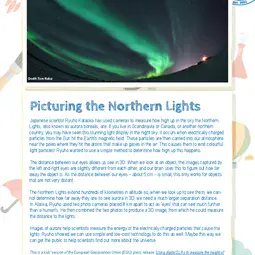
This is a kids' version of the EGU article: 'Picturing the Northern Lights'. It was written by Jane Robb and Bárbara Ferreira, and reviewed for scientific content by Lucy Clarke and Le Binh San Pham, and for educational content by Maria Vittoria Barbarulo and Katy Hewis.
Translations
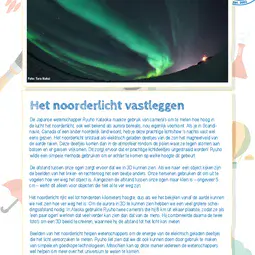
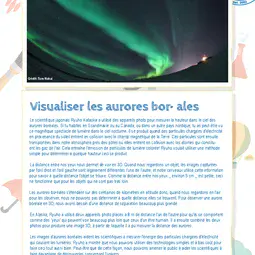
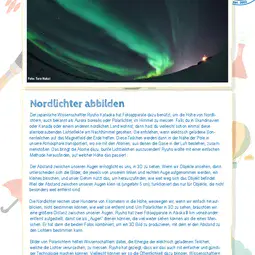
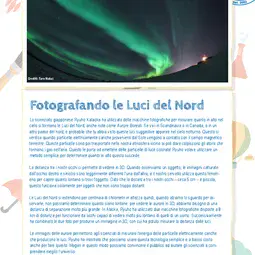
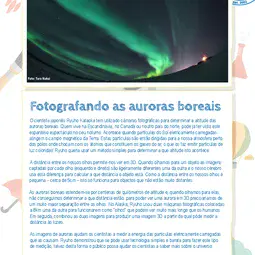
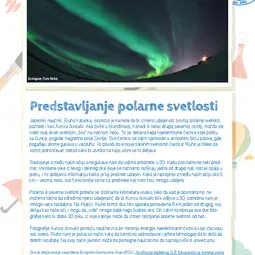
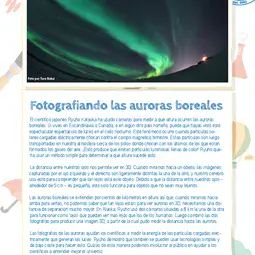
All English-language Planet Press releases are carefully edited, reviewed and proofed, by scientists, educators and EGU staff. Please note that once translated, Planet Press releases receive no further checks from EGU staff. For this reason, we cannot guarantee their accuracy, though we trust the quality of our voluntary translators and are grateful for their work.

